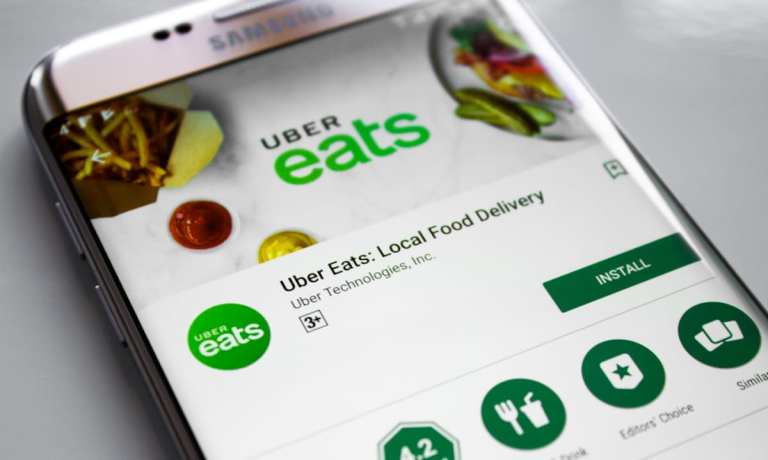According to a report by TechCrunch, the first is in conjunction with Motional, an autonomous driving firm, while the second is with Serve Robotics, a sidewalk delivery platform that is an off-shoot of Uber.
The report said the test-runs will be limited, with deliveries from a handful of merchants. Serve will handle shorter routes in Los Angeles’ West Hollywood section, with Motional carrying out longer trips in Santa Monica.
Read more: Uber to Test Driverless Food Delivery in 2022 in California
“We’ll be able to learn from both of those pilots what customers actually want, what merchants actually want and what makes sense for delivery,” an Uber spokesperson told TechCrunch.
While Uber is going to charge for the deliveries for Serve, the Motional deliveries won’t come with a cost, the report said. That’s because autonomous vehicle deliveries in California require a permit that Motional reportedly doesn’t have.
Advertisement: Scroll to Continue
Human operators will take control of the vehicles when they approach the drop-off locations “to ensure a convenient and seamless experience for customers,” a spokesperson said.
In contrast, Serve’s robots can mostly operate autonomously, although operators will take over in some cases, such as when crossing a street.
As PYMNTS reported last year, Motional was born of a partnership between Hyundai and Aptiv. The company had also been working with Lyft to bring self-driving taxis to Las Vegas, a project that is scheduled to launch next year.
See also: Restaurants Turn to Robotics to Fulfill Delivery Demand
Uber’s pilot project comes at a time when restaurants are increasingly turning to robotics as they deal with a shortage of workers and rising customer demands.
“Delivery is really inefficient,” Brinker International Senior Vice President and Head of Innovation Wade Allen said in an interview with PYMNTS in April.
“It’s a half-ton vehicle. It’s a single person generally taking food somewhere between a mile to two miles. Gas prices are going up. There’s pressure on labor or there’s just a lot of expense in that. It’s really inefficient. So, you start to think about, ‘Hey, is there a smarter way to do this?’ And drones are one way in particular that … could solve a problem … and take a lot of cost out of that structure.”

